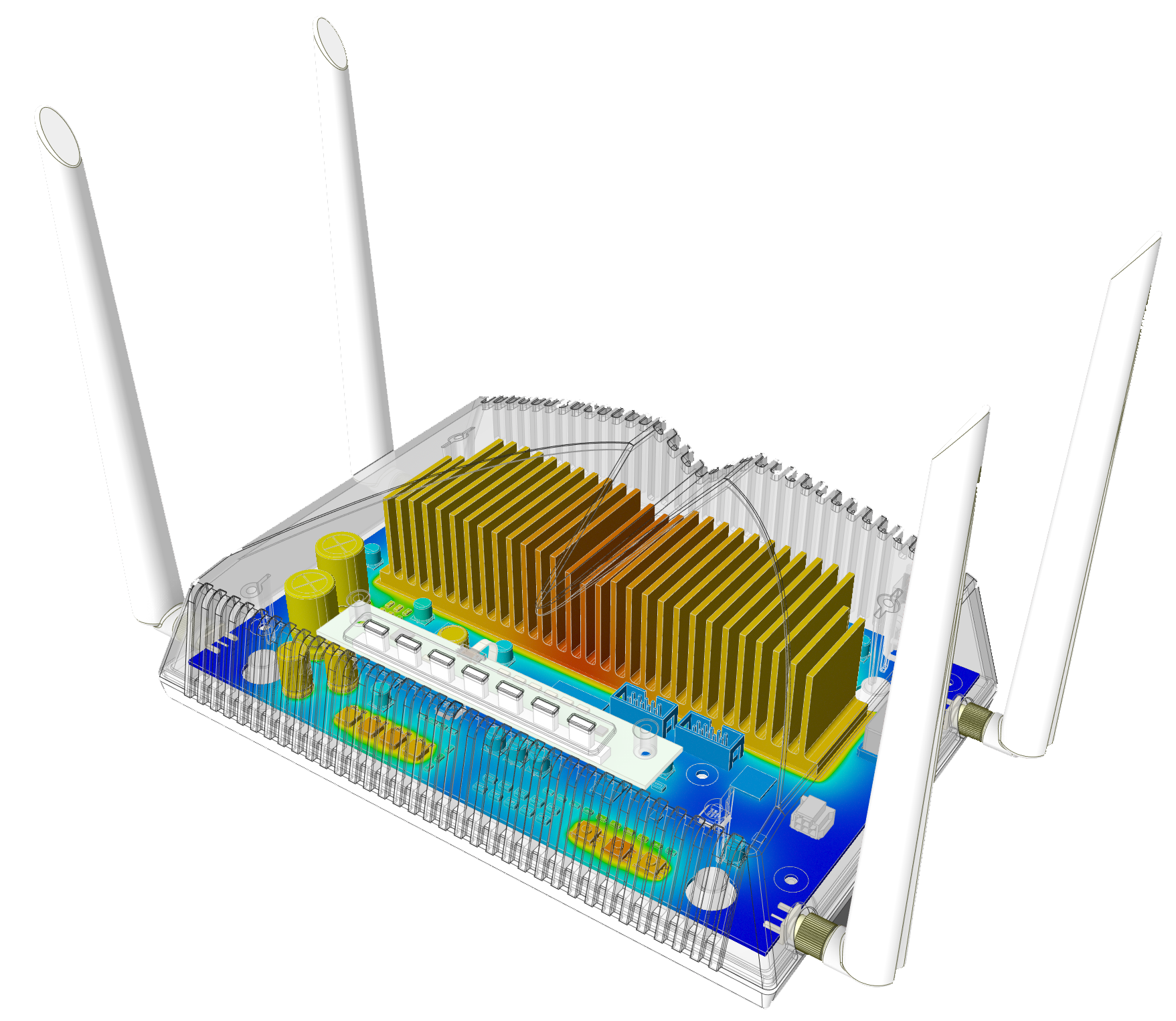With the arrival of frosty mornings and winter, we put our winter coats; we prepare our homes and gardens for the colder weather, the upcoming holidays; and in order to ensure road safety, we switch to winter tires on our vehicles.
In regions prone to harsh winter weather, “black ice” and sleet create particularly dangerous driving conditions. The name “black ice” is very apt because it is so transparent that it takes on the appearance of the roadway beneath it, making it hard to spot and avoid. Fortunately, advances in vehicle safety, including tire design, have made travel much safer in such challenging weather conditions.
Simulation technology is gaining ground in the design of tires. The simulation provides important and accurate information on how the tires will work in different weather conditions before manufacturing the new tire design. For example, through footprint analysis, designers attain a clear picture of the traction and handling of the tire. Free rolling and braking performance are often evaluated using steady-state rolling analysis.
These analyzes are also essential because, especially on icy roads, the softer composition of winter tires provides extra traction and shorter braking distances. The simulation helps to optimize the tire design parametersin terms of handling without compromising or affecting the life of the tire.
Ansys Mechanical is an ideal choice for tire design because the software’s ability to represent tread, reinforcement, and tread patterns allows for advanced, accurate modeling of tires.
Tire Design: Mapping 2D and 3D Analyses
Mapping results from an initial 2D axisymmetric analysis to a 3D analysis provide a computationally efficient framework to model initial mounting and inflation followed by footprint or cornering studies.
To optimize the shape and reinforcement of a tire, we must first create a 2D cross section of the tire in Ansys Mechanical, and then we can perform the 2D tire mounting analysis and the 2D inflation analysis in the software. We then construct a 3D mesh model from the 2D cross section to perform the final analyses; including 3D inflation, footprint, steady-state rolling, steady-state rolling with different camber angles and 3D rollover bump analyses.

Steady-state rolling analysis can be performed using the Arbitrary Lagrangian Eulerian approach, where the inertial effects of rolling tires can be calculated within a static framework. This also includes the calculation of different camber angles. It is also possible to evaluate extreme events such as tire behavior and safety when the vehicle rolls over speed bumps, potholes or curbs.

Tire Simulation Temperature Fluctuations and Risk Factors
The lifespan of tires is strongly affected by over-inflation or under-inflation; these can lead to excessive wear. You can study the effects of inflation using detailed road surface to tire contact results. During normal travel, the tires may experience heating due to viscoelastic losses of the rubber material.
In Ansys Mechanical, it is possible to simulate energy distribution and heat conversion – this is also especially important because under-inflated tires can overheat, which can lead to tire blowout. The tires are mainly made of rubber and rubber-based composite materials. Due to the viscoelasticity of the tire, the tire generates heat during use – the energy loss is mainly due to the periodic deformation of the rubber in the tire, which is converted to heat, leading to higher tire temperatures and reduces the service life of the tire.
To determine the temperature rise of tires under free-rolling conditions, the first step is to create a 3D model and then perform inflation, footprint, and steady-state rolling analyzes as previously described. You can then determine the equivalent stress and strain variation during the period of one revolution, perform a computational fluid dynamics (CFD) analysis in Ansys Fluent to simulate the airflow over the tire and export the data back to Mechanical to solve the model and determine the temperature increases.

Noise limitation with tire simulation
With the generalization of electric cars, rider comfort is of utmost importance. Noise from conventional internal combustion engines helped mask the tire noise, but with silent electric powertrains, you need to ensure tire noise is kept low.
In Ansys Mechanical, it is possible to predict tire pavement noise using harmonic analysis. Harmonic analysis can be performed with steady-state rolling analysis and prestressed modal analysis data, and by extracting road surface hardness and excitation nodes in the contact path.

Thanks to the simulation technology, tire technology has been developed to provide a comfortable, safe driving experience.
Source: Ansys
